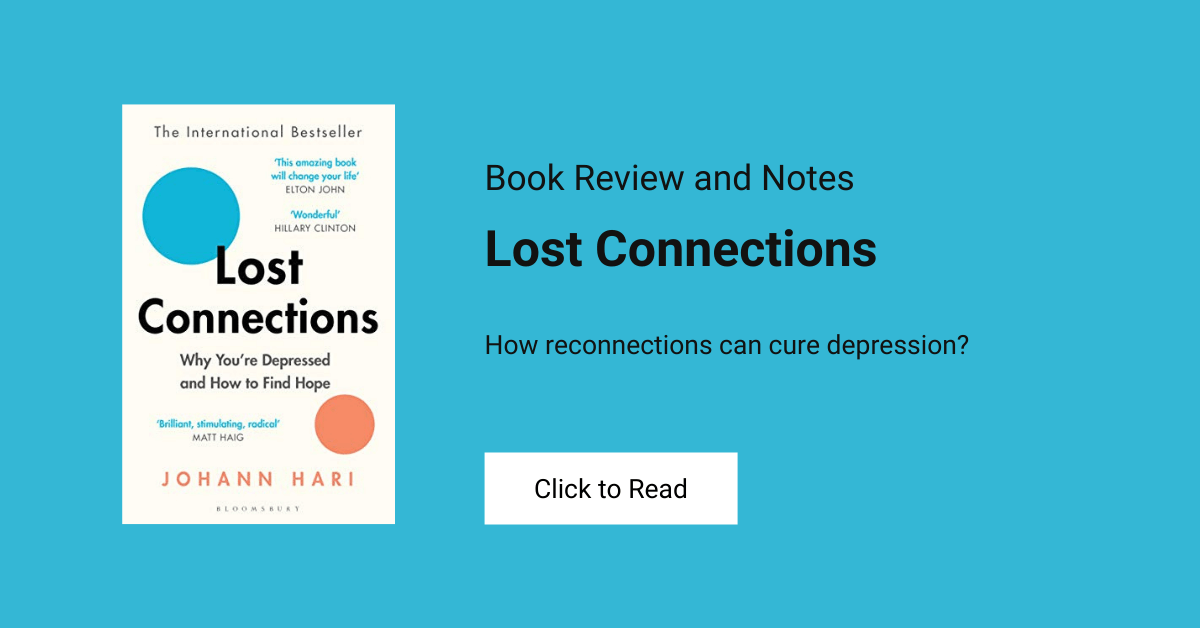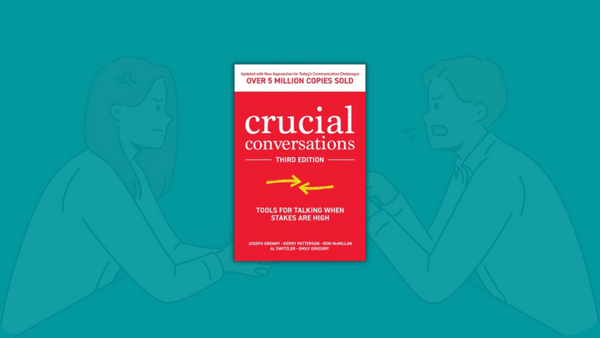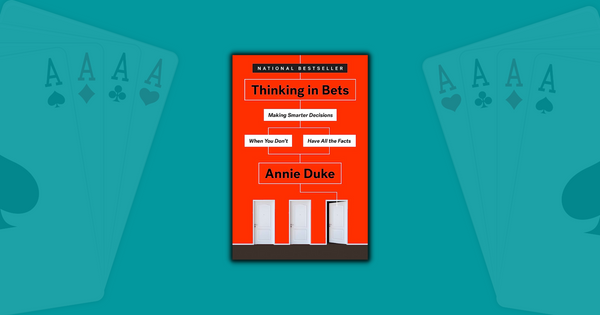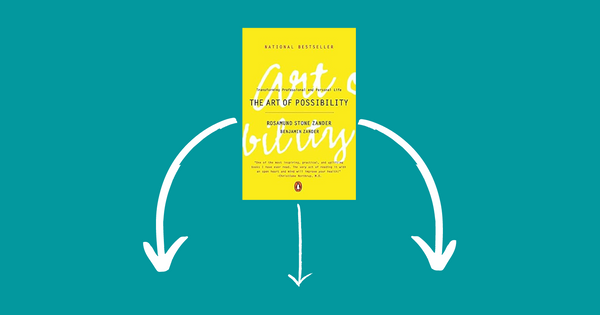The Practise of Groundedness Summary
The Practise of Groundedness is a book about the uncompromisable values required to live a fulfilling life. It is not about peak performance or lifestyle hacks, but about the foundations that make striving for more sustainable.
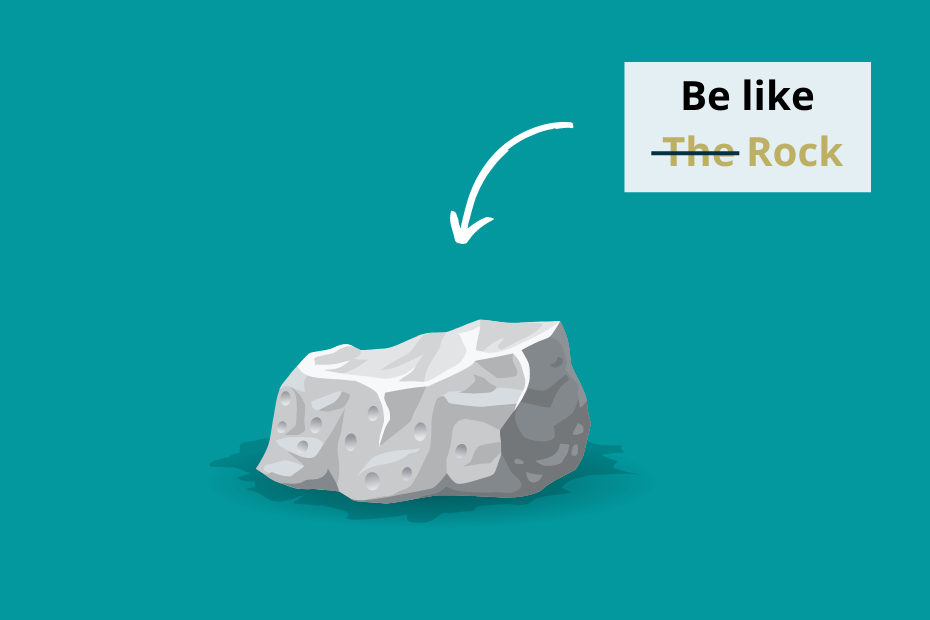
Brad Stulberg is a coach obsessed with excellence. In his previous books, he has written about the characteristics of world-class performers (Peak Performance), and about how to develop a passion to enable you to be the best (The Passion Paradox).
But the author discovered through his coaching practice and personal observations that successful people are often not happy.
Some of them are missing elements from their life which makes their circumstances miserable despite their loud successes.
The Practise of Groundedness is about these integral elements of a fulfilling life. These elements are also the building blocks that make peak performance sustainable.
However, being grounded is not a tool to achieve more.
Brad Stueber is going against the notion of continuous improvement and infinite life hacks. He declares the rise of individualism as one of the main reasons why we lost our ground and feel detached from the world.
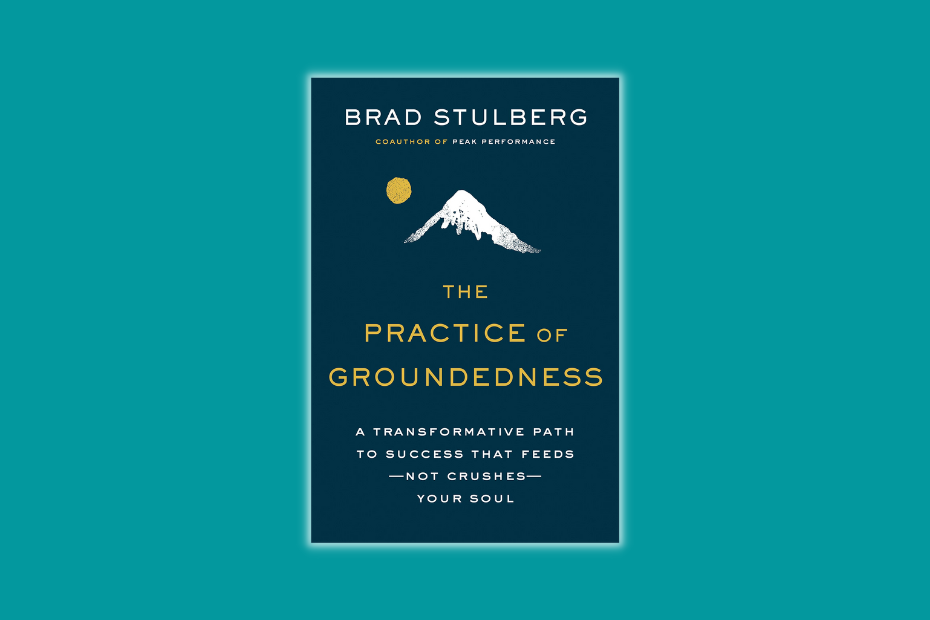
We over-optimize our life to a level where we cut out things that makes life worth living to be more productive. Friends, communities, the enjoyment of the present, and daily movement are second-class citizens compared to getting more things done.
We make our happiness dependent on what we would like to achieve.
“We live under the illusion—well, the false hope—that once we make it, then we’ll be happy.” - Tal Ben-Shahar
The Practise of Groundedness shows us ways to stop feeding the ghost with a bottomless stomach and appreciate the things which make life worth living.
Brad Stulberg outlined the following principles of groundedness:
- Accept Where You Are to Get You Where You Want to Go.
- Be Present So You Can Own Your Attention and Energy.
- Be Patient and You’ll Get There Faster.
- Embrace Vulnerability to Develop Genuine Strength and Confidence.
- Build Deep Community.
- Move Your Body to Ground Your Mind.
Below is my summary of The Practise of Groundedness. I enjoyed just as much reading this book and then writing its summary. I think it is a worthy read, especially for folks continuously tinkering, optimizing, and striving for more.
I encourage you to read The Practise of Groundedness by yourself. This is not a comprehensive summary of the book, but rather a review of ideas that resonated with me the most.
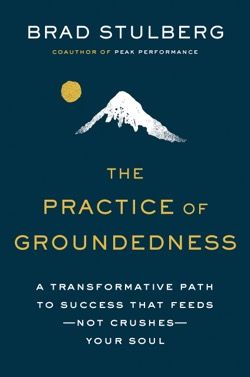
The Practise of Groundedness by Brad Stulberg
A Transformative Path to Success That Feeds, not Crushes Your Soul
1. Accept where you are to get where you want to go
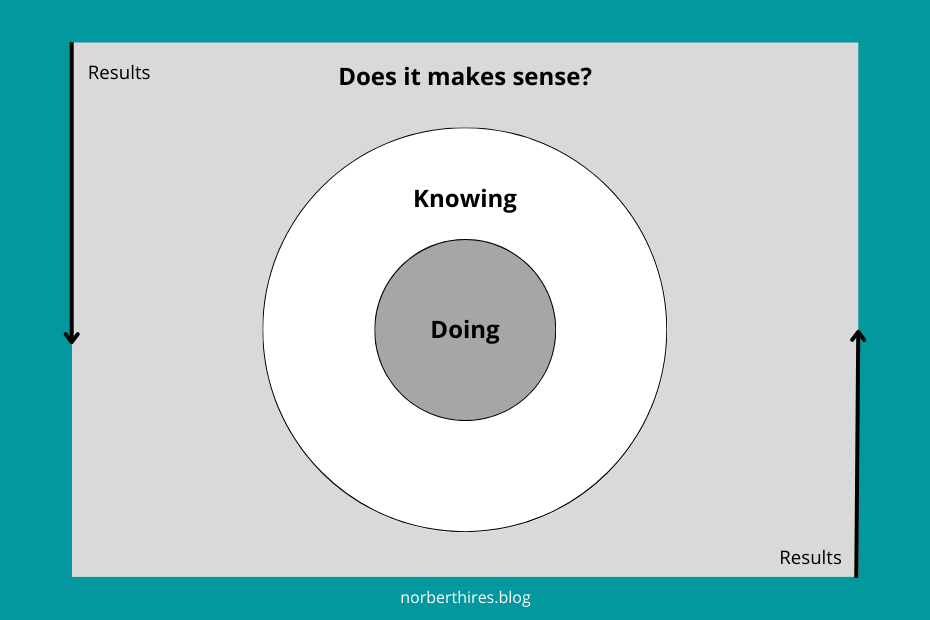
- Knowing-doing gap: If you look at whatever goal worth striving for, you first need to believe that achieving it is valuable by itself. If you are determined about the usefulness of the thing then you need to make action.
- The equation of happiness: Happyness at the moment is reality minus expectations.
- Acceptance and commitment therapy: Steven C. Hayes clinical psychologist got to the conclusion through his experiments that the more someone is fighting unpleasant thoughts, the more stronger those become. The solution needs to involve accepting your situation, zooming out to avoid feeling your present unescapable and making action moving forward.
- Give yourself advice as a friend: What advice would you give to your friend if he would be in your shoes? Studies conducted at the University of California, Berkeley showed that giving advice for yourself as you would give it to a friend helps you accept your situation and come up with wiser actions.
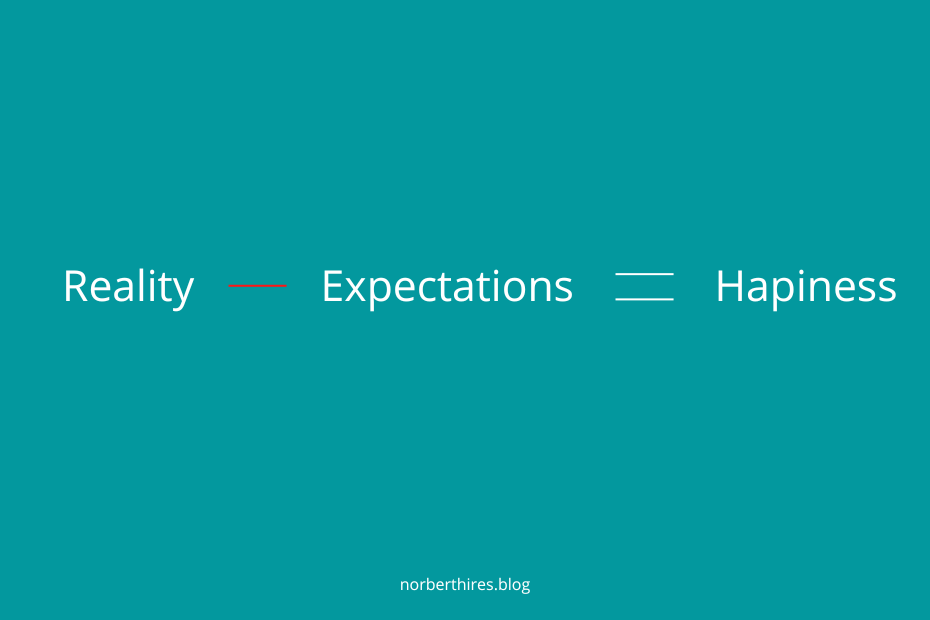
- Improvement-focused or mistake-avoiding: If you do anything with your eye on the potential reward you are more likely to experience flow state, while when you are focusing on avoiding mistakes you will have a harder time feeling present.
- Treat yourself like a crying baby: If a baby cries, yelling at him/her rarely solves anything. You can do two things: 1, Hold him and show him love. 2, Leave him to cry it out. You should follow one of these approaches instead of hurting yourself.
- Mood follows action: When you take actions that are in line with your values instead of waiting for motivation to kick in, then you will feel better because of the action you took. Science call this Behavioral Activation.
- Identify your values: You may have some values in your life you relate to. You are creative, you are a fighter, or you are family men. But it is much harder to transform your values into practical situations. One thing you can do is ask yourself: "What would a [creative] [fighter] [family-first] person do in my situation?"
2. Be present so you can own your attention and energy
"We’ve been conditioned to believe that if we aren’t constantly scheming and strategizing, taking inventory of the past, or thinking ahead to the future, we’ll miss out on something and fall behind. But perhaps the opposite is true. If we’re constantly scheming and strategizing, always looking back or thinking ahead, we’ll miss out on everything."
- Happiness equals love: Within The Harvard Study of Adult Development researchers were tracking the well-being of more than seven hundred people who grew up in Boston during the 1930s and 1940s. The study followed through till their seventies/eighties and is well-positioned to answer the question: what makes us happy? The results shows that happiness equals love.
- Be big in small: It is better to be loved in your small community than be retweeted by thousands of people you don't know.

- The Ulysses Pact of Willpower: In Odyssey when Ulysses wanted to hear the songs of the sirens he asked his crew to him to the ship and not release him whatever he does. This teaches us that willpower is rarely enough when we face big temptations. James Clear uses the same concept in Atomic Habits when he encourages us to build better habits by optimizing our environment to make sticking to the habits easier.
- Deep work, no phone: We have the impression that we must be always available, we must be 24/7 online. Brad Stulber offers some insight through one of his successful clients who felt the temptation to be always online. They started changing the situation with two 30 minutes deep work sessions per day and with a simple rule: turn off the phone after 8 pm. Later the client was doing three 90 minute block of deep work and turned off his phone after 6pm. They achieved this through small victories, rather than big radical changes.
- Not to-do lists: There is a Buddhist practice called selective watering which assumes that all of us have different talents and capabilities. We water the ones which we want to grow, but it is equally important to stop giving resources to the seeds we don't want to nurture.
3. Be patient and you'll get there faster
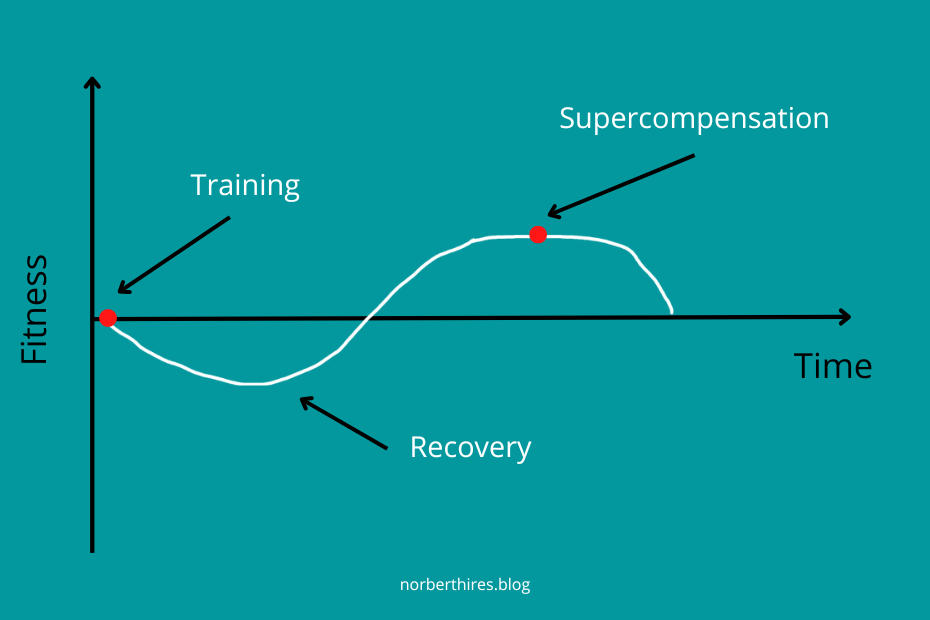
- The best diet is the one you stick to: There is a lot of research on the topic of weight loss but not one method could emerge as superior. In fact not the method matters but rather whether you can do it for an extended period of time or not.
- The cycle of compensation and supercompensation: Sudden breakthroughs are common in athletic training because it takes time for the body to adapt to hard training. You run a 6 km/min pace kilometer for weeks then all of a sudden your time improves drastically. It is because of the work you put in previously, and the rest afterward.
- Pursue match quality: Are you a good match for what you set out to do? Do you have interest and talent for the thing? Because if so, then you have a higher likelihood to stick with it. David Epstein writes in Range, that instead of grinding it out, it is more fruitful to pursue activities that are a good match for us.
- Commission bias: Humans have a tendency towards action even if the only thing we should do is wait. We are impatient. If we don't see results we want to do something about it. But the best action is often no action.
- Three-by-five breathing: Take five deep breaths three times a day. It helps you pause and be more in the present.
4. Embrace vulnerability to develop genuine strength and confidence
"The things you care about make you vulnerable. The things you care about break your heart." - David Whyte
- Be the same but different: We have a strange conflicting desire since we are born. We want to be part of a community but also we want to be distinguishable from other members of the community.
- The beautiful mess effect: When you let your guard down, embrace your weaknesses and show them to others, they don't see them as a weakness. They are relieved that you are a human as well. They feel they can be themself around you as well.
- Say what you really want to say: If you have a persona you show for others and you feel frustrated that what you want to say is not in line with your persona, then simply say it (as long as it is not rude).
5. Build deep community
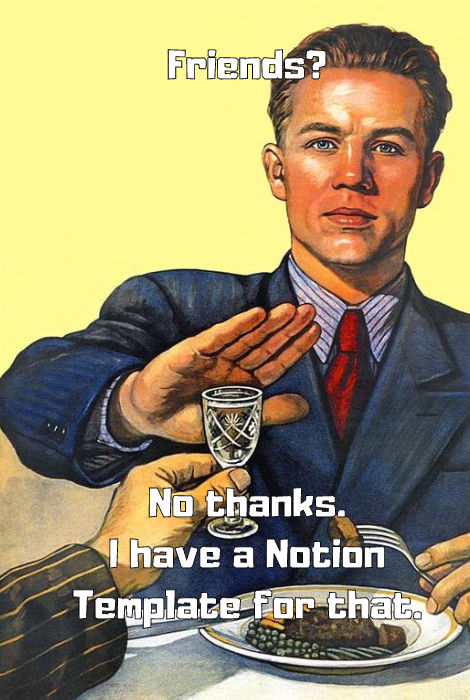
- Peak loneliness: The rate of loneliness tripled from 1980 to 2010 in America. Instead of 11 percent, 40 percent of Americans felt lonely according to the work of John T. Cacioppo, who directed the Center for Cognitive and Social Neuroscience at the University of Chicago.
- We ditched connections for productivity: We overoptimised our life for productivity and work and we have less time and energy for forging meaningful relationships. But this makes our "productive life" miserable on the long run because we need community.
- When social media actually connects: Social media can help you build relationships and decrease loneliness. If you use it to find communities based on your interest or find people online and meet them in real life, then it can have a positive impact on your life. Though having an online-only avatar keeps you lonely.
- The power of training groups: Shalane Flanagan Olympic medalist distance runner trained in a group instead going to the popular path to train alone. Her peers pushed her to be better, and she pushed her peers to give their best. All of her training partners (eleven women) qualified for the Olympics.
6. Move your body to move your mind
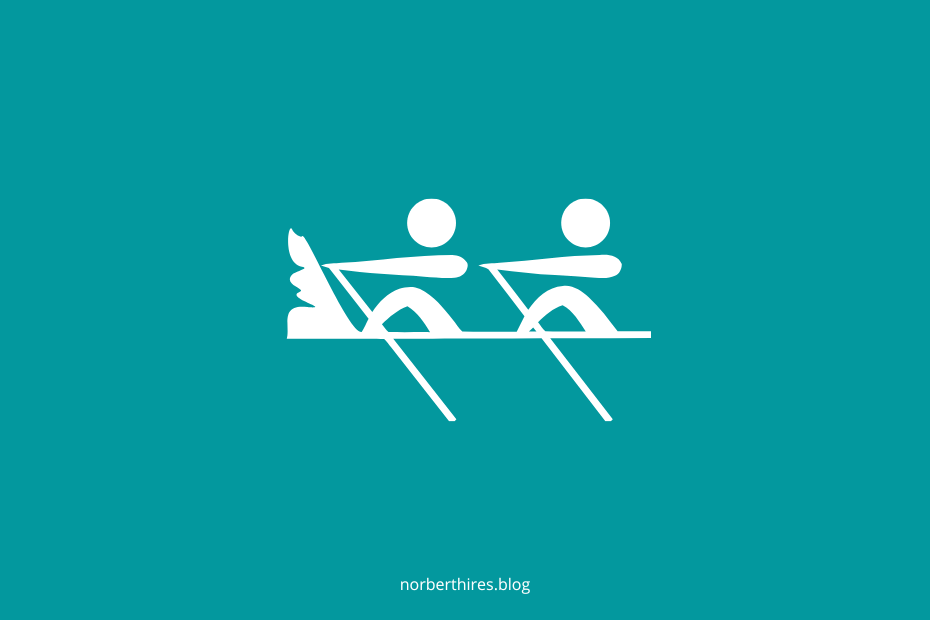
- Muscular bonding: We crave movements we do in synchrony with others. This is probably some legacy from our hunter-gatherer ancestors, but we experience it in sports and the military as well.
- Walking makes you more creative: A study conducted at Stanford University found that people who walk have 40 percent more creative insights compared to those who don't.
- Counter the negative effect of sitting: Walking two minutes every hour or taking three ten minutes walk can counter the most negative effects of sitting. Murakami Haruki suggests the same with running.
- Forest walks are better than urban walks: Studies found that walking in nature reduce stress level, heart rate, and blood pressure more than walking in a city.
- Don't try to win at your hobby: Doing any sort of sport is good for your health. You don't have to be peak performance in all of your hobbies. Sometimes you just have to do it.
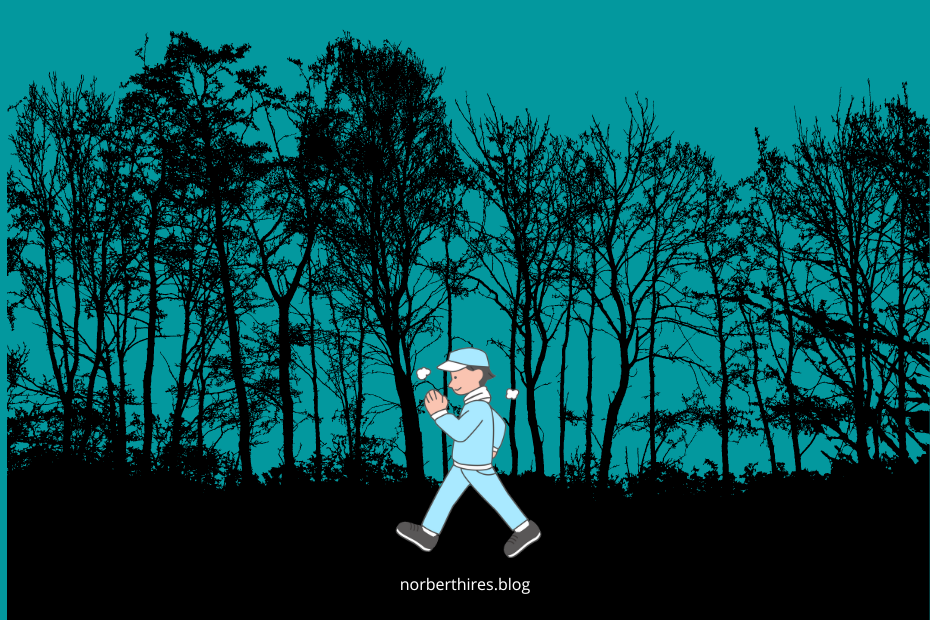
My review of The Practise of Groundedness
The Practise of Groundedness was from several perspectives a wake-up call for me. As someone who can fall into the trap of laser focus and peak productivity, I tend to neglect several areas Brad Stulberg is covering in his book.
Frankly, there are no breakthroughs, secret sauce, or life hacks in The Practise of Groundedness. The advice in the book can be considered common sense, but we need to be reminded of the importance of acceptence, being in the present, vulnerability, community, and movement.
The author does a great job crossing his experience as a coach with extensive research. The book is far from dry and every chapter contains actionable advice and examples from real life.
I enjoyed reading The Practise of Groundedness and I think most of us who are striving for more should slow down, and pick up this book.
The six principles of groundedness:
- Accept Where You Are to Get You Where You Want to Go.
- Be Present So You Can Own Your Attention and Energy.
- Be Patient and You’ll Get There Faster.
- Embrace Vulnerability to Develop Genuine Strength and Confidence.
- Build Deep Community.
- Move Your Body to Ground Your Mind.

The Practise of Groundedness by Brad Stulberg
A Transformative Path to Success That Feeds, not Crushes Your Soul
p.s: I found several similarities between The Practise of Groundedness and Lost Connections.
